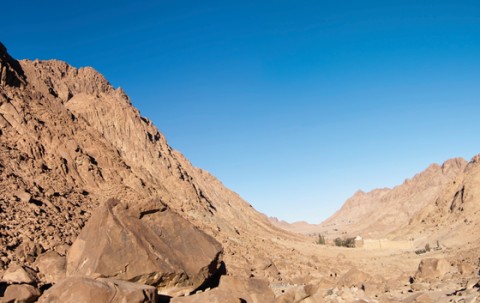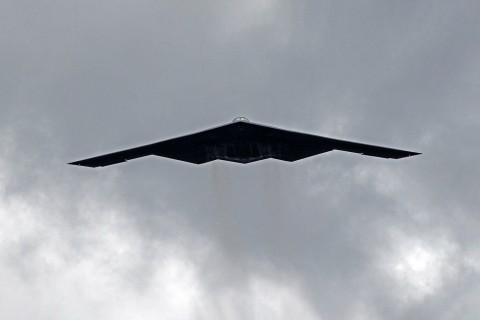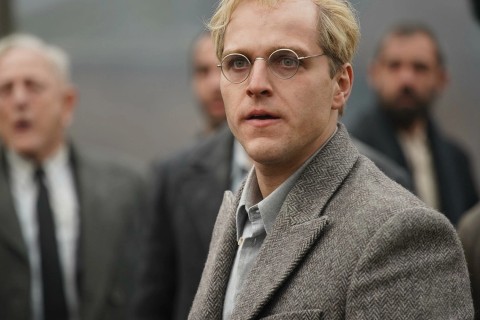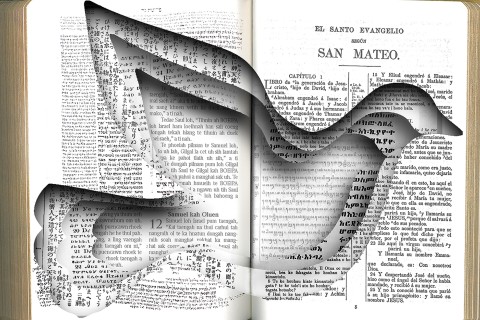In pursuit of silence: My annual sojourn into the Sinai Desert

Read the sidebar interview with Maitland (subscription required).
Every fall I go to the Sinai Desert—that small triangle of rock and sand that pushes down between Africa and Saudi Arabia. Once upon a geological time it lay under a warm shallow sea, and the water carved the sandstone into extraordinary dreamlike cliffs standing vertically above the fine white sand of the seabed. The same deep movements of the earth that tipped the land up, draining the water off into the Mediterranean, threw up volcanoes and harsh mountains of broken rock. One of those peaks is the Holy Mountain—variously called Sinai, Horeb or St. Catherine's Mountain.
Here Moses saw the burning bush; here the Hebrew people received the law; here Elijah, fleeing for his life, heard the "sound of sheer silence" (now accepted as a more accurate translation than the traditional "still, small voice") and knew that it was the presence of God. And here, too, in the Orthodox Monastery of St. Catherine, continuous Christian worship has been offered daily since the sixth century, possibly longer than anywhere else in the world. Mount Sinai is also of course an Islamic holy place, and St. Catherine's must be one of the very few monasteries with a mosque inside its enclosure. Further East in Sinai, toward the Red Sea, was one of the principal locations where, in the fourth century, the Desert Fathers (some of whom were Mothers) began to experiment with silent prayer. They created the hermit tradition, which has continued ever since and moreover has been deeply influential in the formation of the monastic life and of Christian spirituality more widely.





